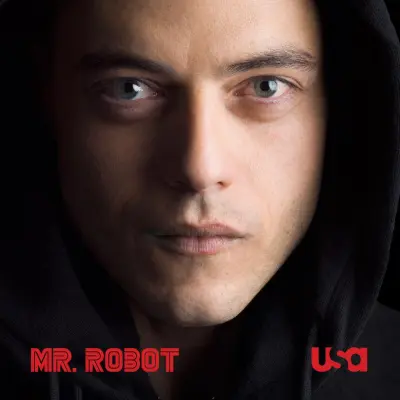Sam Esmail had a mesmerizing vision for Mr. Robot that has finally come in to focus in its final seaosn
-

"Season four is the culmination of everything Esmail has built to date, plus everything he learned on his best work as a director, the Amazon military-conspiracy thriller Homecoming," says Matt Zoller Seitz. "Perhaps the most impressive thing about it is that Esmail’s virtuosity is laser-focused, to the point where he can toss off flourishes that would’ve been the look-at-this centerpiece of a season-one episode, like the premiere’s long tracking shot of Price walking away from Angela as his goons execute her in the out-of-focus background over his left shoulder, or the overhead shot of the villainous Whiterose (the great B.D. Wong) toppling an enormous Christmas tree in rage at Price’s refusal to kowtow, or an upcoming flashback to a sexual origin story from Whiterose’s past, which builds toward a suffocated yet rapturous encounter reminiscent of fiction by Marguerite Duras. The blocking of scenes involving Elliot and Mr. Robot — who finish each other’s sentences, and sometimes relieve each other in the frame like wrestlers tagging out or in — is the sharpest it’s ever been, and the choreography never feels fussy: It’s always expressing aspects of the hero’s personality that were dissociated when we first entered the story. But season four’s biggest revelation is the slowest and most gradual: Despite its regular references to classic paranoid thrillers, it’s not nearly as pessimistic as we might’ve thought based on (Rami) Malek’s hard-boiled and spiritually exhausted narration. What’s done can be undone, if the body politic’s spirit and flesh are equally willing. And when that happens, the dark forces that once plagued us will say good-bye, friend. At least until the reboot." ALSO: It makes no sense that Mr. Robot "tossed aside" a great character.
TOPICS: Mr. Robot, USA Network, Sam Esmail
